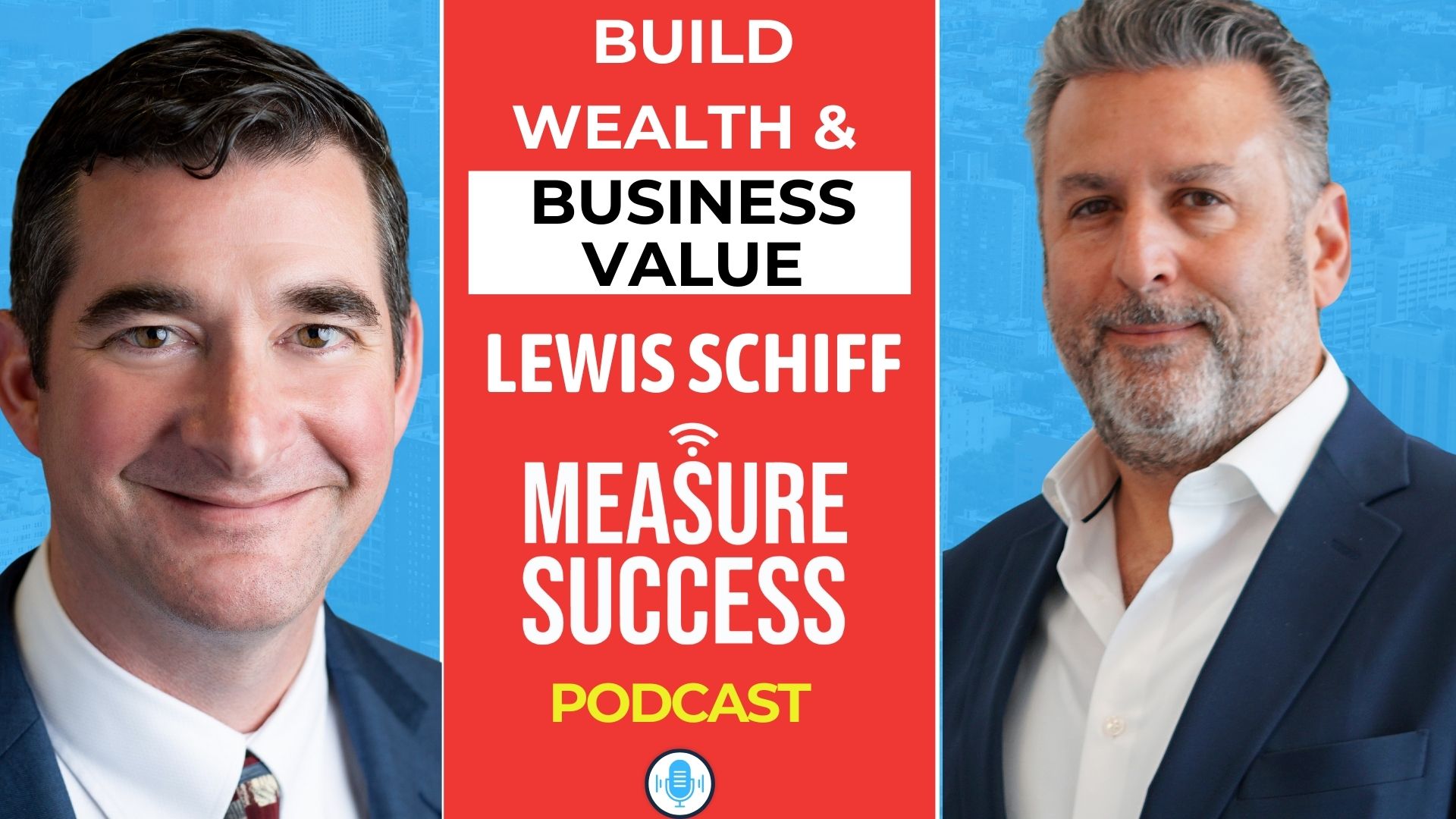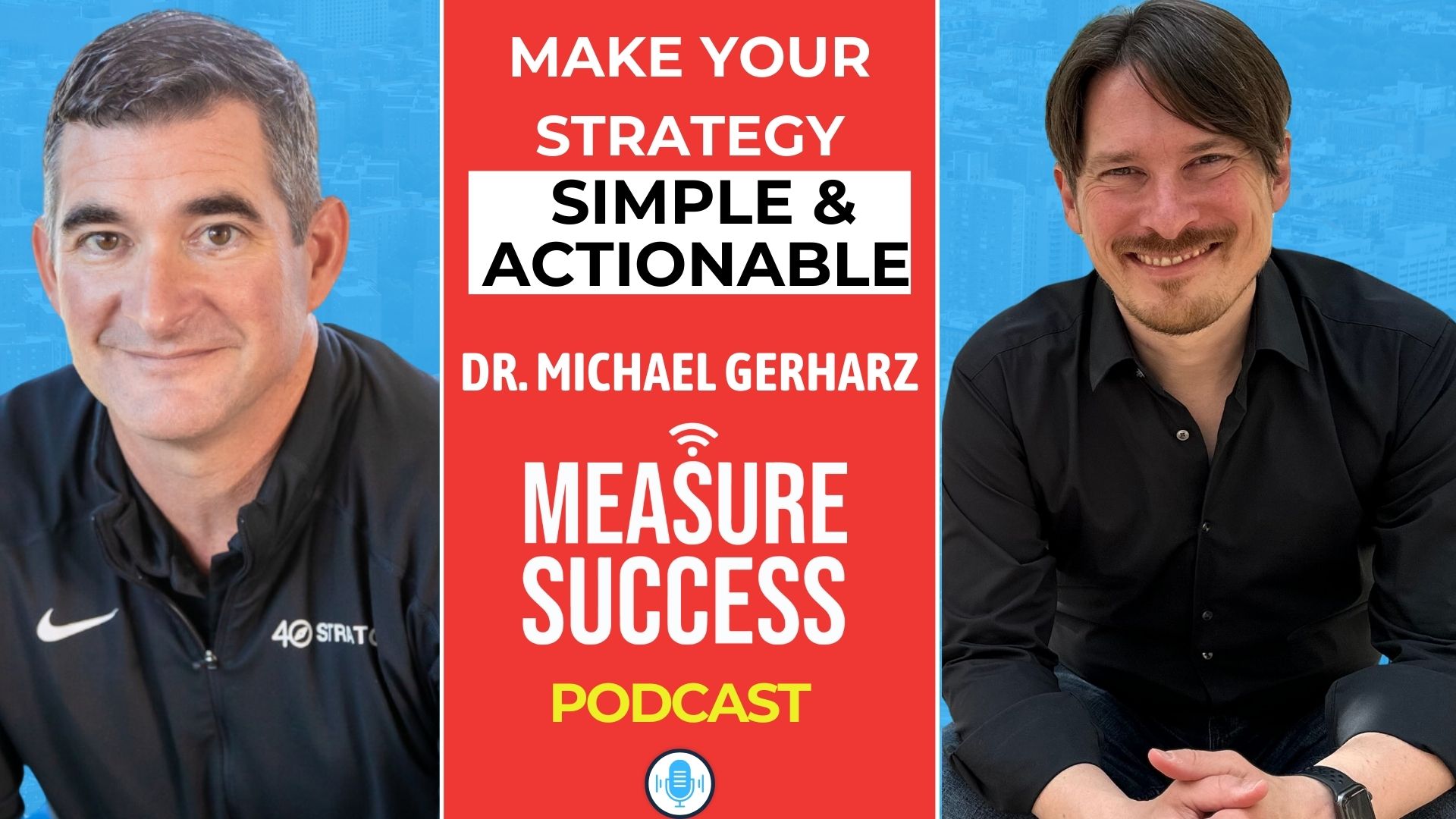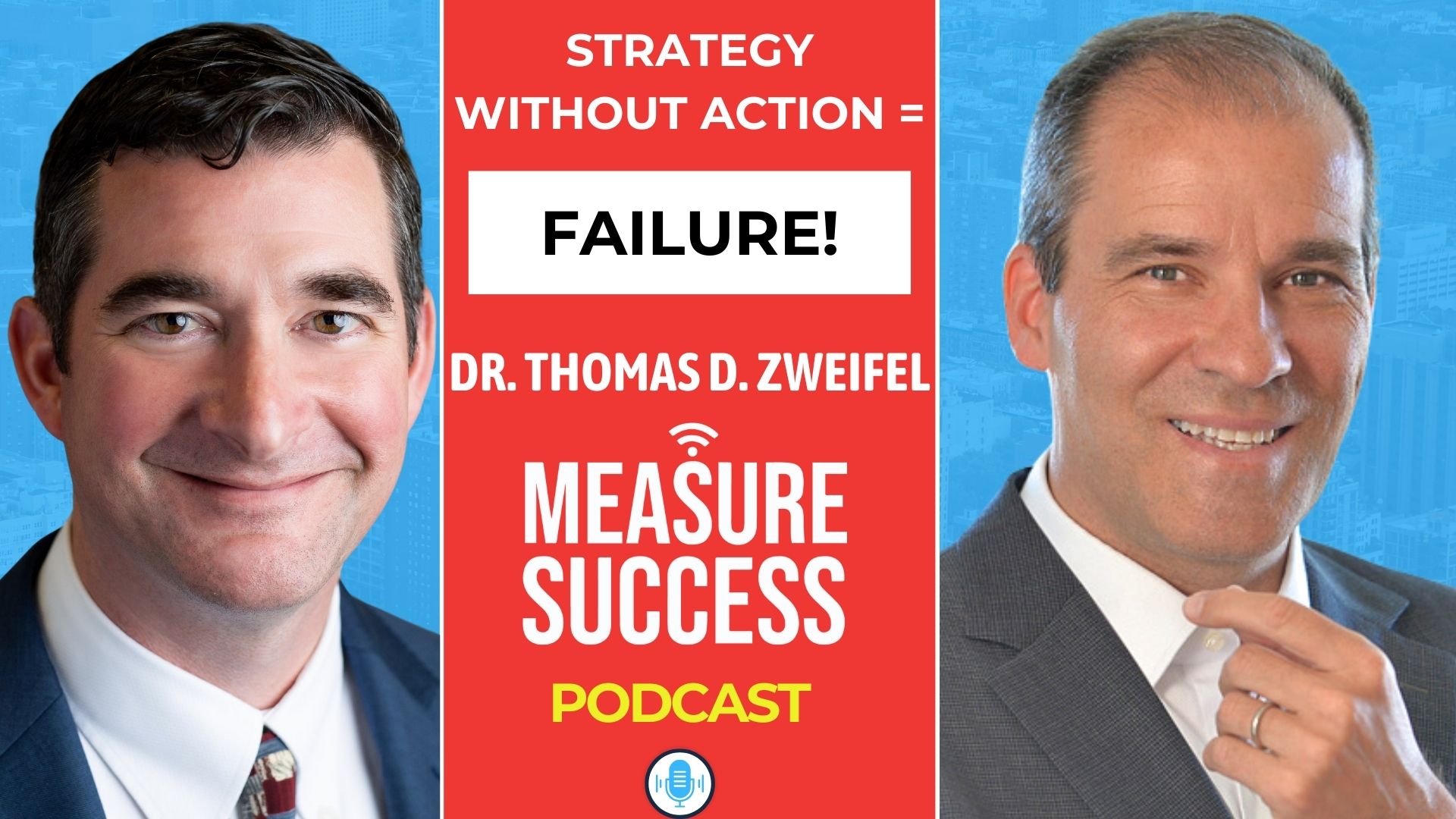Carl J. Cox 3:13
Well, that 20 was just one small element within their entire process to deliver their product. And so just by making that from 20 hours to 18 hours and 19 hours, wasn’t even necessarily going to make it any better. Because that part that we were measuring. And when you look at process flows, and you look at something about what they were trying to do, ultimately it was, hey, I want to fix a small little component. But if that’s not your bottleneck, if that’s not the thing that’s causing delays in the entire process, it won’t change that initial 120 hours of duration of how long it takes to actually get things done. So what when we actually pulled out the layers, we found out the entire effort. So once again, let’s just I’m just going to use some fictitional numbers here with that, but 120 hours, the actual total work was about 40 hours. So so there was 80 hours of waste. So the eye opening kind of, you know, explosion opportunity here was, Hey, can we take that 120 hour cycle time to deliver one of your widgets? And can we get it down to 60 hours, or 80 hours? So we weren’t just talking about a individual micro component of an individual process. We’re like the entire cycle. Let’s try to increase improve this entire thing by 30, 40 or 50%. Then your entire throughput just goes through the roof. I remember Dr. Jeremy Weisz I came home. This was an overnight trip that I had and I remember calling my wife in between the couple days meeting with them. And I met with my wife like, Oh my gosh, I was talking to her that I’m gonna be able to save them millions of dollars. It wasn’t, it wasn’t like, you know, 50 bucks, 100 bucks $10,000, it was millions of dollars and potential improvement in their top line in but ultimately even in their bottom line so. And I actually shared it with the the owner The next day, and he just got fired up himself because he knew it, he knew intuitively that this was going to make a huge opportunity success and that they were the big surprise, the big aha was understanding that entire process type. You know, it doesn’t matter the individual widgets, if it’s not about now, though, I’m gonna go into deeper level detail. If it’s your bottleneck, if it’s your most important thing. You can’t You can’t make it any faster, you can’t move things faster through the process if it’s your bottleneck, so that that particular process does matter. But when they’re asking about the problem, it wasn’t a bottleneck. So it doesn’t have any impact on the total cycle time of what they were doing. And so, yeah, it was a wow aha, and we, you know, frankly, I’ve been working with them for now over nearly a year, because we keep on finding these opportunities that are like that these just kind of game changer opportunities.
Jeremy Weisz 6:26
I want to point out, you know, saving millions of dollars is only one of the things. I mean, when you do those things, increase efficiency, you also, you know, improve customer satisfaction you improve, you know, staff satisfaction, they’re doing things easier, faster. So there’s so many other things, obviously, there’s a great bottom line metric, but you know, someone’s clients and customers being happier is is huge also. And that’s what happens when you do it. And just I want you to talk for a second. Because when when I’m hearing you say is someone came in, here’s, here’s what we want you to look at. But really when you go in, you assess the entire process as a whole. Because you’re like, cool, I trust you. But I want to see for myself, what are what’s going to make the biggest impact cuz you’ve done this with many companies. And identifying the bottlenecks. Because if someone points in a direction, that’s not even a bottleneck, you can make it more efficient, but you want big wins for these companies. So when you go in, just talk, give me an overview of the process you go in, you look at the whole process, then what are you looking for, and what happens from there.
Carl J. Cox 7:38
So we we have an eight step process that we go through, we meet with our clients, and we go through that in a training type approach where it’s very interactive, and I’m looking for them for feedback on what they do to think and for change management. You know, I call it strategic planning, you know, going from A to B, why you’re going from A to B, but so I talked with them, what are you trying to accomplish? And what are your goals? Because often people will ask questions, they’re trying to solve something, but they really don’t know what goal they’re trying to get there. And then when I go through that cycle, I’m really looking for cause and effect. You know, what, what things can you? What things can you do input to create action on the output? So going through that scientific process, if you may, within a business and organization and thinking through that, hey, we want to get to this goal, or this pullback, how are we going to get there? What are our strategies, so to speak, on how we’re going to get there. And then let’s measure, you know, to start actually tracking to see if we’re going to have an impact on those outcomes or what we’re doing, and, and then through. So that’s great, that’s all the front end. But then we have to measure it going through. So in this design process of going through I call where the cargo should we evaluate their resource load, and we go, Hey, we can’t solve everything at once. So let’s solve the biggest things, the most important things that’s going to really make a difference. Then we we follow that we create a process the fancy word is calling strategic governance. a better word to say is we just keep some type of tracking going, whether it’s monthly or quarterly. Note no less than quarterly. Because what happens what’s crazy, Dr. Jeremy Weisz is in strategic planning, when we do surveys with our clients and non clients, when we do webinars and presentations, we found that only 20% of strategic projects even start on time, which is like nuts, right? Like people spend all this money and retreat to get excited about doing something for me and let us say I don’t even want to do just to your client. I mean, you’re wrong, I’ll be happy to do to be compensated for and to do the work but but where I get excited about is taking those ideas and concepts and delivering it. Right We didn’t meet just to have a nice day. retreat in a fancy place with some fine wine, you know, to go along with it, what we’re really trying to do is create transformational difference of getting that so. So when people come to me and say, Hey, we just want to have status quo, it’s not a good value fit for them or for me, what I’m looking to help people out and give them guardrails and guidelines to get to that. So continuing on in the process, just going through we measure success, we measure leading and lagging indicators, okay, the leading indicators, the outcomes, that’s what almost everybody measures themselves by. But at the end of the day, you have to measure your leading indicators to get to your outcome. And then the last thing is, we have reached our milestone, we have successfully learned from that. And then as soon as we get to that, we figure out what we do next. And why I say that is because this was interesting thing, you you may have read this before, but astronauts
would get depressed when they finished when they went to the moon so that when they go to space, or you know, this is for an astronaut, they spend their entire lives trying to get space, right, they have accomplished the greatest thing they could ever do. And then most individuals to ever get to their life, and then they come back to Earth literally come back to Earth. And they’re like, what’s my purpose, man? So they found after they had a ton of problems, that the next thing with with these individual astronauts having depression, they load them up with a new set of goals. And so that’s what I like to do some extent to is like, Okay, great, we just climbed that one mountain in the Cascade Range, or Rocky Mountain Range, now we’re gonna go to the other peak, right, because you got to keep on moving forward, you got to keep on making a difference. Because otherwise you’re gonna fall behind, right? Things are moving so fast these days. If you just sit and wait, you get that. And that’s the one part it’s a little bit of an extra part that I put in my strategic planning process, because it’s a continuous cycle. And you know, the reason why Toyota is so extraordinary and of course, has been well written about the Toyota way, they do a mountain of million improvements every year, because they just keep grinding, you know, they keep on grinding and make these smaller numbers, let people come to their plant and take a look at everything, because they have nowhere even people can copy it. Because they know no way is going to people create culture. So so my belief is, yeah, great, you would go from A to B. But we could do more than that we could keep on making more money, we can keep on making a greater difference, we can have a greater organizational impact. If it’s a not for profit organization. That’s what we want to deliver. And so that’s, that’s the part of the eight steps. And we go through that. And I teach them in mind. And then I asked them questions along the way to make sure that they are they picking this up? are they learning because often it’s new, you know, I don’t know about you, as a strategic planning doctorate is like a unicorn, they don’t really exist in the United States, you know, you know that I, you mentioned that in the beginning 2% of time, people spent with strategy. And just because you do a retreat once a year does not make you an expert has to do planning, often people don’t understand how to well, they do like they don’t focus on the small little words in a sentence. And this is a dumb little thing, Dr. Jeremy Weisz, but I talk about bringing goals down to a 12 year old level, meaning your nephew or niece is 12 years old, understand what’s happening. And so I’ll do that I’ll help go. And so I’m talking with people like you PhDs. Everybody I talked to in a room is high achievers, there’s no slackers, but they just go nuts. And they like write these 16 sentence goals. And I’m like, No, we need to get this down to like eight words. And then that creates the power because what why things fell off is when they send it half the tree down to the actual managers that are gonna accomplish it, they have no idea what they meant to the tree. No idea. And so so we make a try to clear and clean. And often I’ll actually after the retreat, I’ll work with those managers to actually start defining the how tripping back a little bit. One more thing, just on is the resource element. Because I work with high achievers, they think they can get everything they want to get done, but then only 20% would actually start things on time. It’s because they put too much on their plate. I call it the Thanksgiving Effect. And and so, you know, we all think we can have Thanksgiving dinner every day. Well, we did we’d be sleeping all the time right from that trip. And you know, we’d be way overweight, you know, from dinner regular basis. So, so what I part of my job is to help them say it’s okay to say no, or it’s okay to do it later on. Let’s push it out. And in through that process, we focus on the right things we prioritize, and they get things out and in through those elements. That’s that’s how we go through it. It’s, it’s a lot of fun for me because even though it’s the same core process, people were broken at different elements of it, you know, and so there’s so many opportunities along the way just make their part what they do. Great. And it’s fun finding those missing link or links, so they can make a greater distance.
Jeremy Weisz 15:06
Carl J. Cox, I love when I talk to you because it’s putting the vision into action, not just identifying it, but actually making those not incremental changes but transformational changes. I want to point people Thank you for having me. I want to point people to 40strategy.com learn more they can email catch@40strategy.com if they have other questions. I have so many more questions, but we will save them for another episodes to check out more episodes of the podcast. Thanks, Carl J. Cox. Thank you.
Outro 15:38
Thanks for listening to the Measure Success Podcast. We’ll see you again next time to learn from the best. Remember to subscribe now to get future episodes.




